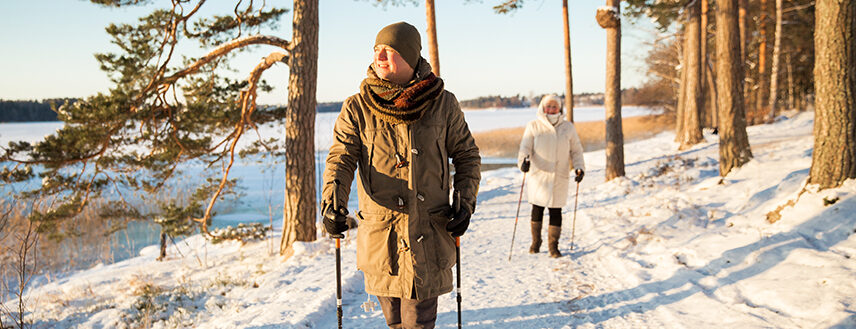
As the days grow shorter and temperatures plummet, a silent health issue emerges for millions around the world: vitamin D deficiency during winter. Often referred to as the “sunshine vitamin,” vitamin D plays a crucial role in maintaining overall health, yet its production within the body is heavily reliant on exposure to sunlight—something many of us lack during the colder, darker months of winter.
Why Vitamin D Matters
Vitamin D is essential for a variety of bodily functions. It supports calcium absorption, promoting bone health and reducing the risk of conditions like osteoporosis. Beyond skeletal health, vitamin D has been linked to immune system function, mood regulation, and even cardiovascular health. Research has also suggested that adequate levels of vitamin D may help protect against respiratory infections, making it particularly significant during cold and flu season.
The Winter Deficiency Problem
In winter, reduced sunlight exposure is the primary culprit behind vitamin D deficiency. Shorter days, overcast skies, and spending more time indoors mean that our skin produces far less vitamin D. Those living in northern parts of the country are particularly at risk, as the sun’s rays during winter are insufficient for vitamin D synthesis, even when outdoors.
Other factors can exacerbate this issue:
- Darker Skin Tones: Higher melanin levels reduce the skin’s ability to produce vitamin D from sunlight.
- Age: Older adults produce less vitamin D than younger individuals.
- Dietary Insufficiency: Few foods naturally contain significant amounts of vitamin D, making it difficult to meet daily requirements through diet alone.
Signs and Symptoms
Vitamin D deficiency often goes unnoticed, as its symptoms can be subtle and easily mistaken for other issues. Common signs include:
- Fatigue and general tiredness
- Muscle weakness or cramps
- Joint and bone pain
- Mood changes, including increased feelings of depression or anxiety
- Frequent illnesses or infections
If left unaddressed, severe vitamin D deficiency can lead to rickets in children and osteomalacia in adults, conditions that weaken bones and increase the risk of fractures.
Addressing the Deficiency
Combatting vitamin D deficiency during winter requires a proactive approach:
- Supplements: Vitamin D supplements are a reliable way to maintain adequate levels during the winter months.
- Diet: Incorporate vitamin D-rich foods into your meals, such as fatty fish (salmon, mackerel, sardines), egg yolks, fortified dairy products, and cereals.
- Light Therapy: For those in extreme northern regions, light therapy lamps that emit UVB radiation can help simulate the effects of sunlight.
Winter’s chill doesn’t need to compromise your health. By understanding the risks of vitamin D deficiency and taking steps to address them, you can enjoy the season while maintaining your health and wellness.
